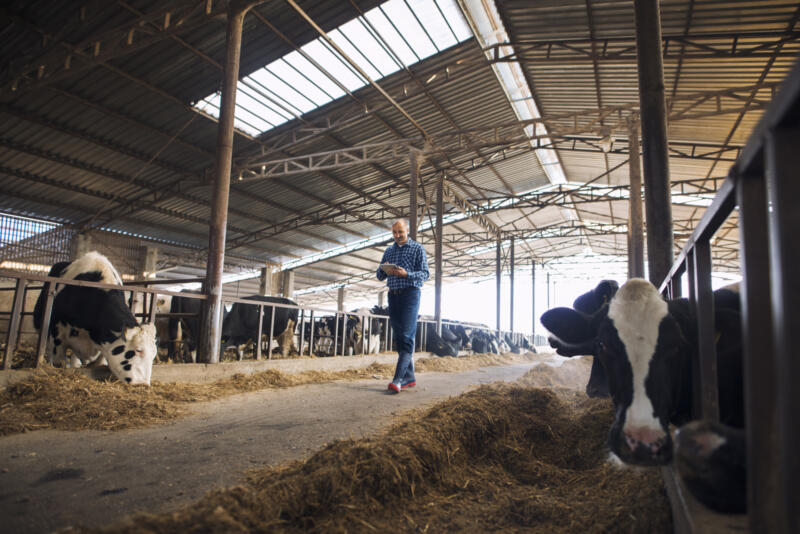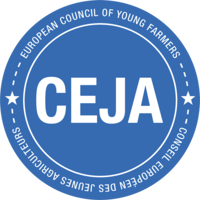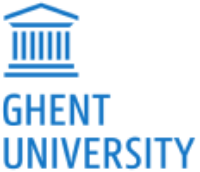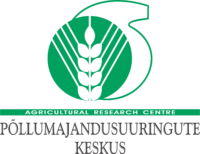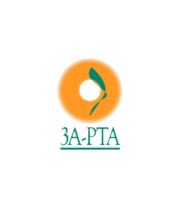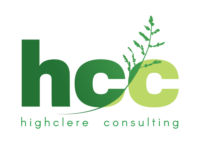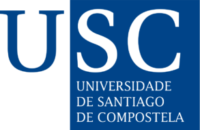The EUREKA project has mapped all multi-actor projects by sector and macro-regions with a link to the EIP-AGRI landscape. For this purpose, official connections coming from the partnerships and declared networking by coordinators were evaluated. The official and potential networking was analysed based on a desktop study linked to the EIP-AGRI databases associated with Multi-actor (MA), Focus Groups (FG) and Operational Group (OG) projects, considering both the country and the sector.
Operational groups’ fast data update in the EIP-AGRI database is essential to share the knowledge created within each country. This activity should be promoted as a network of living labs across Europe fostering the strong involvement of farmers and other relevant actors in the innovation process. Moreover, EUREKA recommends to foster cross-border operational groups.
Most of the relevant products, activities, topics, management and resources, and pest and diseases are tackled by MA networking activities of the EIP-AGRI. However, a better structuring of the information gained, with translation to different languages, will help to overcome some of the highest barriers to innovation.
In spite of the large number of potential and official connections established within the different EIP-AGRI activities, the self-declared interconnections among MA projects is rather low. The reasons given by MA project participants during interviews and meetings conducted by EUREKA partners include a lack of funds, lack of time, and the fact that it is voluntary.
Timing and clear aims are important to promote synergies
MA projects should include specific tasks in which FG, OG and TN connection activities and European and National Rural Networks (NRN) are detailed. Moreover, specific expert assessment of these tasks should be developed during the selection of the project, and/or grant agreement negotiations before the MA project is funded. This will help to ensure that connections are established when the projects are approved. For example, specific public deliverables (at the mid-term review and at the end of the project) should include a summary of the main networking activities carried out. Specific indicators such as number, type and content of the interactions should be provided to better structure the EIP-AGRI activities network. This will help to foster the effective interactions, which currently fall short of their full potential in scope and number.
The reasons behind the establishment of MA projects connections and the EIP-AGRI activities are clear, meaning that MA project partners and coordinators know these connections are essential. However, the low actual implementation of such real connections should be overcome by establishing clear aims and timing along the MA project life.
“Specifically, we recommend that events are organized between the NRN and TN, FG and OG participants in order to share their experiences and to foster knowledge exchange and innovation. This information should be available for all people that wish to understand innovation in each specific sector,” María Rosa Mosquera Losada, Professor in Crop Production and Project Engineering Department of University of Santiago de Compostela, and Task 1.1 leader in EUREKA, states.
In general, procedures to facilitate information flows between NRNs from the EIP-AGRI service point/EC and NRNs should be set up to be applied systematically, going beyond the current on-the-spot information provided in workshops. This would help to link all EIP-AGRI programmes and activities (FG, OG, MA and TN) at European but also at national level. The requirement for promoting the connections with OG is currently only applied in the NRNs, while this interaction should be an important component of all EC/EIP-AGRI project. Member states should also take advantage of their partners in the TN and MA projects by establishing synergies allowing the MA and TN information
More about the EUREKA survey:
Networking was evaluated by analysing the results from 54 MA project surveys out of the 101 EU multi-actor projects approached within the Horizon 2020 (2014-2020) and one EU-project from the 2007-2013 FP7 framework, which wished to collaborate with EUREKA. The results were validated in specific meetings held with the SCAR-AKIS committee and the MA project coordinators.
















